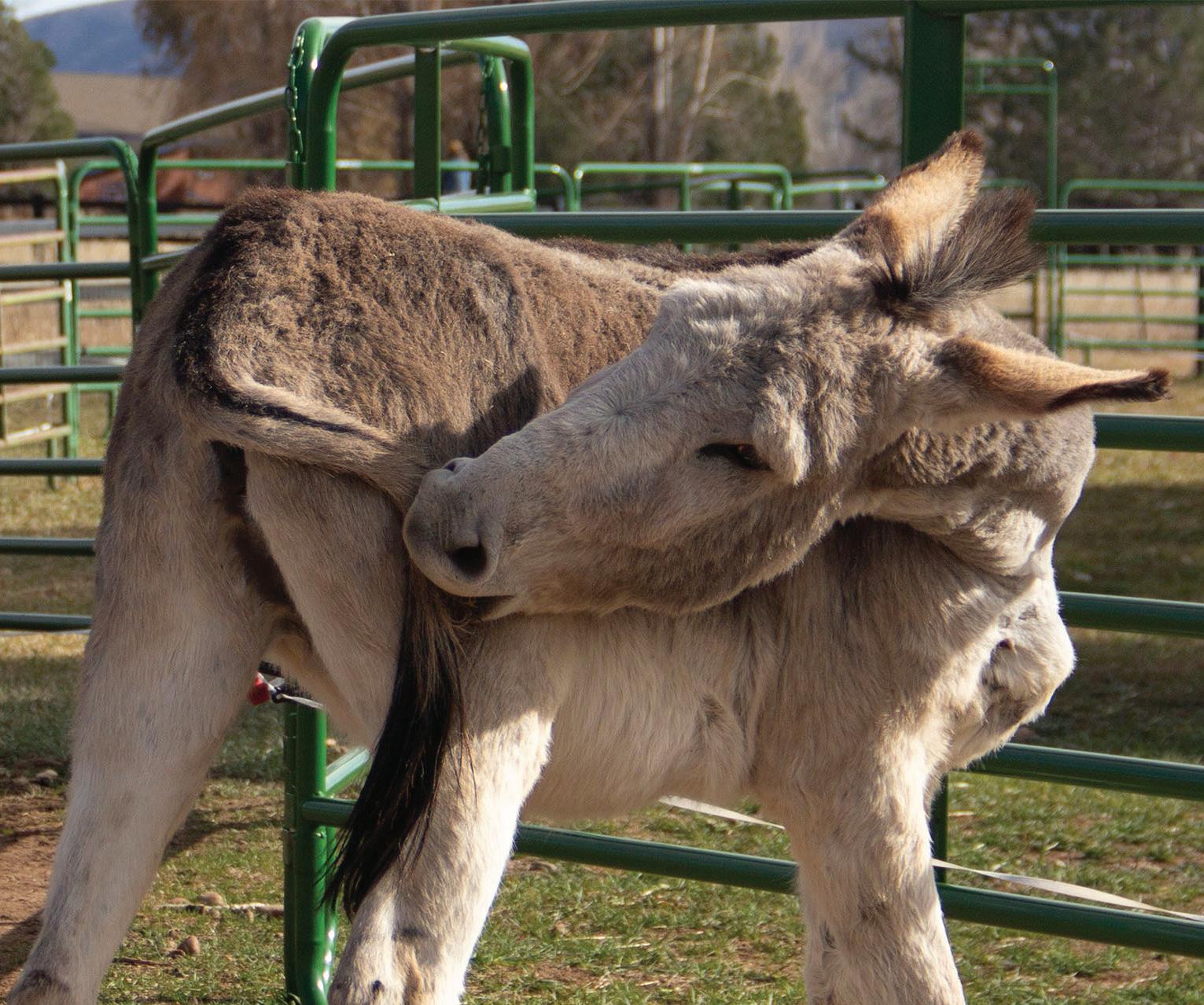












Yippee! Summer’s here and the time is right for some horsin’ around. So, saddle up and take a ride with us through the pages of our summer edition of Animal Writes.
For those of you who are new readers, we are a quarterly publication covering the local animal scene in the Roaring Fork Valley. Our intention is to make you smile and provide you with some useful information. For example, our vet column contains valuable information about arthritis in pets, so thanks to veterinarian Melissa Gisleson from Alpine Animal Hospital for sharing her knowledge with us.
Thanks to our advertisers for your support. We appreciate you, especially because you’re the reason we’re able to be here. Also, thanks to our readers for your encouragement. Please participate by sending us information about events, news or amusing tidbits about anything “animal.” Enjoy the ride!
Thanks again, Jane and Alyssa
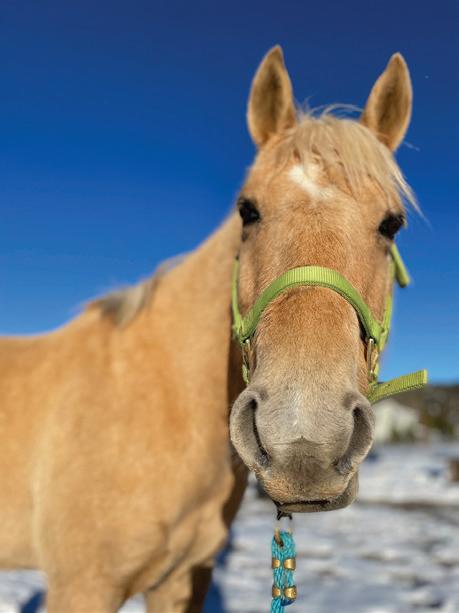




Story by Sarah Tornare
Photos by Jane Bachrach
I foster because I can’t rescue as many dogs and cats as I would like. So, the best alternative for me to help is to provide a temporary home and get those animals or animal as adoption ready as I can. That means being well socialized and happy to be with people.
Fostering basically means that you are providing a home environment for an animal or animals until a permanent home can be found.
There are just too many animals that need homes, and animal shelters are almost always looking for people or families to foster these animals, especially if they might need a special kind of environment until they are ready to be adopted.
Before you are approved to foster, the shelter will do a site visit. They need to come to your home and see where you will be caring for the animals you foster. They want to make sure you can provide what they need and that you understand all that’s required while you have them.
As far as the daily responsibilities go, the time involved depends on what kind of animal or animals you are fostering. In addition to daily feedings, if it’s a litter of unsocialized kittens, part of your daily duty is to socialize them as much as possible so they are less afraid, friendlier and more likely to get adopted. If you are fostering a dog, then feeding and daily walks, as well as socialization, will be needed. The amount of time you put in each day is variable depending on what kind of animal or animals you are fostering.
Dogs need to be walked. However, once I had a mom and 10 puppies, and that was VERY time-consuming because of all the poop clean up! That mom also was not very happy being a mom, so she needed some time away from her puppies.
Cats are more time consuming than dogs because you must keep the litter boxes clean. I have fostered many litters of kittens and for them, it is all about weight. The kittens need to get to a certain weight before they can be returned to the shelter to be spayed or neutered, so my job is weight gain. No animals can be adopted out of the shelter unless they are fixed first.
Once you turn the animals back over to the shelter, they are in charge of the adoption. It’s not hard for me to give the animals up because I always have done a lot of work finding homes for the kittens while I have them. Then, if someone is interested, they still must wait until that kitten goes back to the shelter and is either spayed or neutered first. It was hard to give up the litter of 10 puppies because I had not been able to find a lot of homes for them, but I knew they would be taken care of until homes could be found.

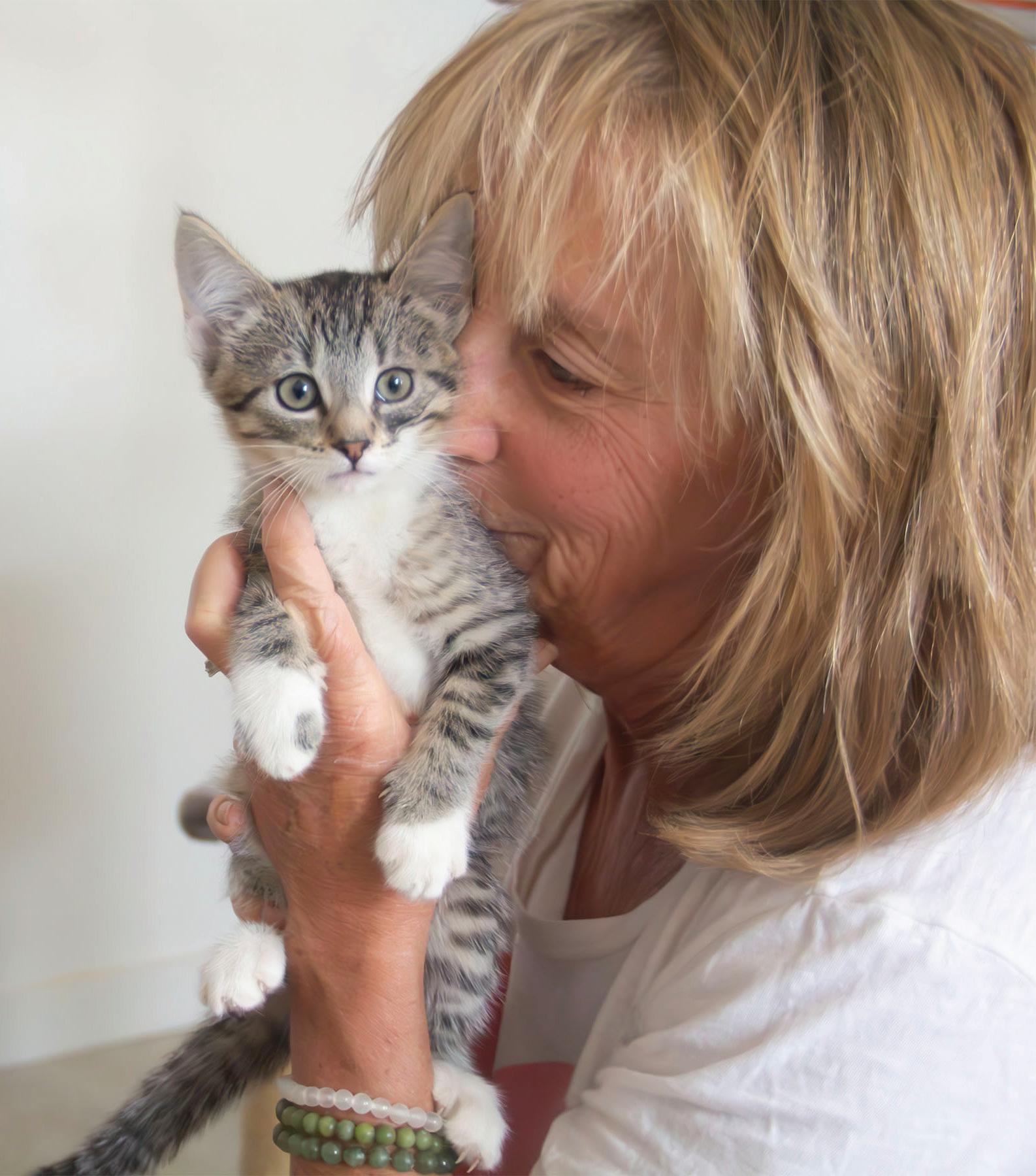
Sarah loves on one of the kittens in a litter of five she has been fostering. They will all be going back to Journey Home Animal Care Center in Rifle this week. After they’re spayed and neutered the kittens and their mom will all be needing homes, along with about 40 other kittens currently in their care. For information on adoption call 970-625-8088.
It’s that time of year when the birth rate among homeless dogs and cats explodes and animal shelters are bursting at the seams. Because most local shelters don’t have the space or staff to properly care for so many newborns, they have found that the best solution is to put them in foster care, either with families or individuals. The job of foster care givers is basically to give mom and her newborns the care and socialization they need until they can be weaned and returned to the shelter to be neutered, healed and are then ready to be adopted.
If you have thought about fostering but are unfamiliar with what’s involved, we thought it could be helpful to see what it’s like from the perspective of someone who has experience fostering both dogs and cats.
That someone is Missouri Heights resident Sarah Tornare, and because of her experience and desire to do what she can to help homeless animals, she was willing to help us. When Sarah said, “I have fostered so many cat litters that I have lost count,” we knew that she would be an excellent resource.
We hope that Sarah’s experience will encourage readers to hop on the bandwagon and volunteer to foster a homeless animal or animals until they’re ready to return to the shelter where they will stay until they find their forever home. At that point, this story will have a happy ending.
Thanks to everyone who sent us entries for our Face-Off competition. Unfortunately, our panel of judges couldn’t decide on a winner so we concluded that you, the reader, should make that decision. This is an interactive publication so this is your chance to get involved.
There is a number under each photo. Please vote for your top three and email your picks to us at: animalwrites@ soprissun.com. Please put “Face-Off” vote on the subject line and let us know your choices for first, second and third place.






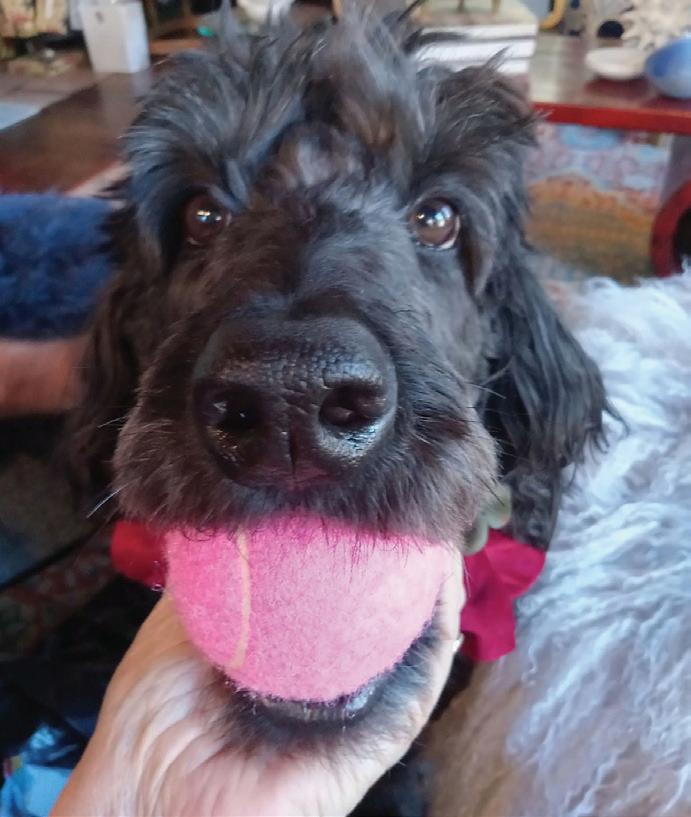









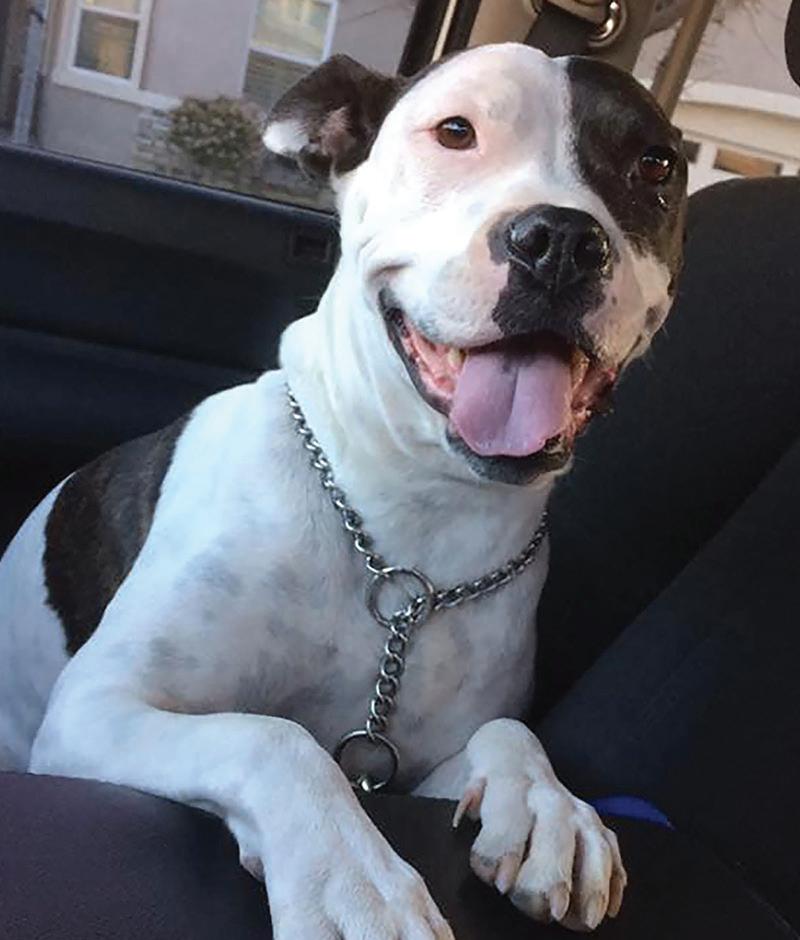












Story and photo by Jane Bachrach
“Through the soft and warm breath of the horse you can find it’s healing powers.”
~ Gabrielle Greeves
If you’re feeling low or out of sorts, go hang out with a horse or some horses. If you’re skeptical or not a believer, check out the Internet and you’ll find a wealth of information from medical experts and other health-related practitioners who have confirmed that horses have the power to help heal humans.
Animal Writes wanted to explore what it is about a horse that can help us emotionally, so we talked with some locals who have experienced this special healing power.
Among other organizations, both WindWalkers and Smiling Goat Ranch are valuable resources in our area that rely on horses to assist in healing and helping people to feel better; both emotionally and physically. We’re going to focus on the mental and emotional aspect, so we spoke to Sheryl Barto, the founder and Executive Director of Smiling Goat Ranch, and Gabrielle Greeves, Executive Director at WindWalkers. Both organizations are local nonprofits that specialize in using equine therapy. We wanted to pick their brains and explore their thoughts as to what it is about horses that is so powerful in helping to heal. According to Sheryl Barto, “Horses have an incredibly calming energy. They’re willing to meet you where you are, and they’re so giving and forgiving. It feels like they have no judgment and getting to be in their energetic field is really a gift,” she said. Barto said Smiling Goat uses the Horse Boy Method that works with anyone, including kids and adults who have neuropsychic conditions such as brain injuries, attention deficit disorders and cognitive disorders. Barto said, “This approach is not designed to teach horsemanship skills to those with physical disabilities, but instead uses horses, small social animals, and other movement-based activities as tools to reduce symptoms and improve quality of life for participants.”
her parents grew up with horses and that she and her sister still have the horses they grew up on. “We’re newer volunteers, and we really love the people. When we’re here, they understand what it’s like to be with horses. We both grew up with horses, but my friends didn’t, and they just think we’re crazy. But here, everyone comes from a background with horses, so they understand. Friends don’t get it but here they do,” she said.
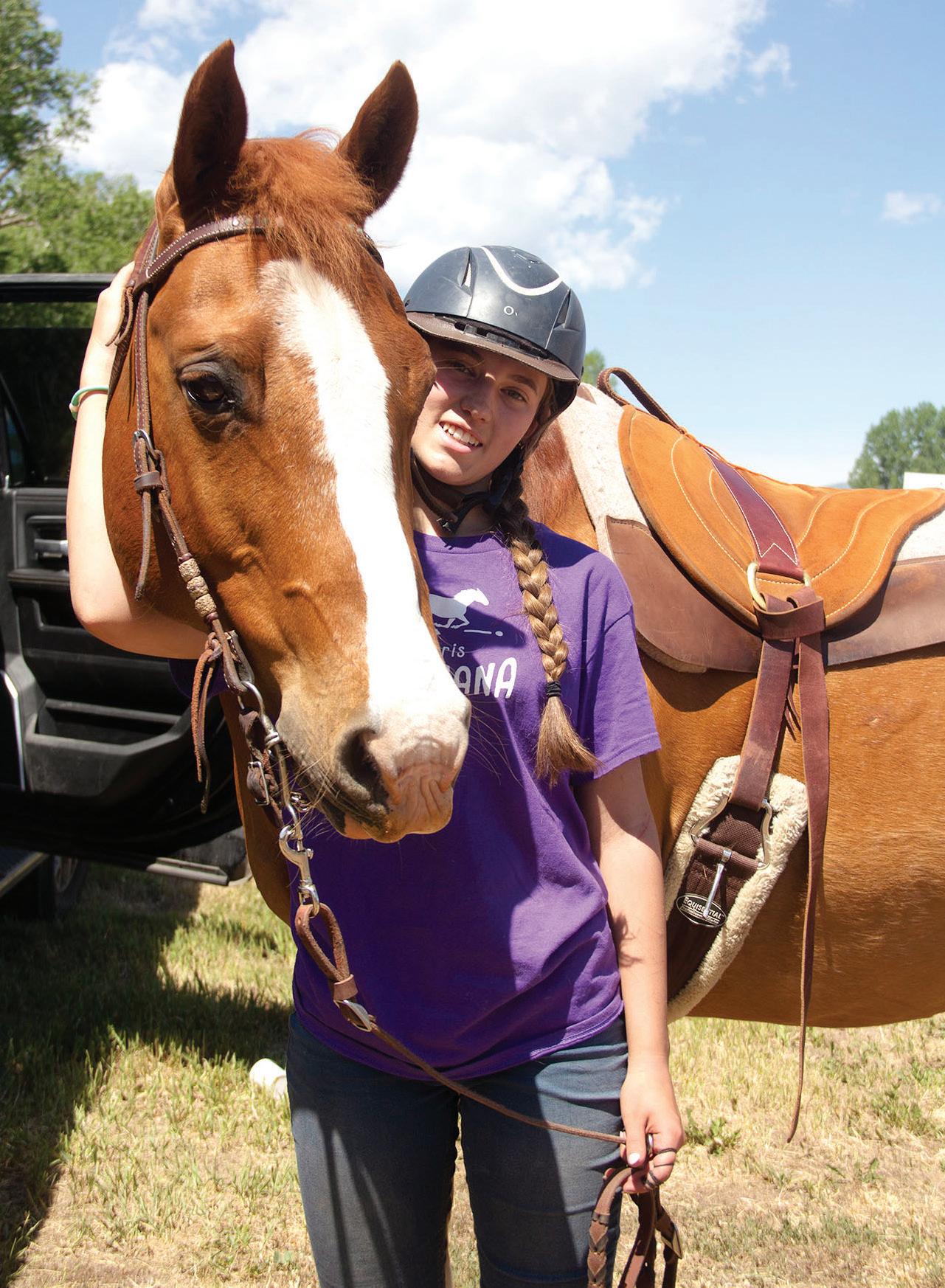
“If you’re having a bad day, the horses will change the vibrations of their body to match whatever it is you need, so in doing that they can reach a person on a much deeper level. When you’re with your horse, you know you are being seen and they allow you to feel confidence. You can tell your horses anything,” Reina said. “They just have to be there, and they listen,” she added.
Reina and Tsarina still have horses and keep them at their uncle’s ranch in Carbondale. Tsarina said, ”My first horse was a birthday present. His name is Jack, and he is 26 years old. I grew up with him and he’s still here and is a big help when I get overwhelmed. Whenever I feel like I’m getting overwhelmed I’ll ask my mom if I can go visit the horses. I’ll spend tons of time with my horse just sitting in the pasture with him. When you go to your horses you can tell them anything. Sometimes you don’t want to tell anyone anything, you just want them to be there and that’s what horses do, and they listen. My horse is strong, and he has helped me get thru a lot.”
Achilles is also a volunteer at WindWalkers and works with a cerebral palsy patient. “Because horses are so sensitive, they’re in tune with everything. You can go from having the most stressful week then come here and chill out,” he said. “They’re purposeful with their actions and they help you focus on them instead of yourself. They’re meeting you where you are and mirroring your emotions and you feel like you’re being seen. They allow you to feel confidant and they’re non-judgmental,” he said
In addition their six horses, Smiling Goat Ranch also has other animals, including goats, bunnies, donkeys, dogs and mini horses that are part of the program.
Smiling Goat Ranch is located in New Castle with a mobile unit servicing Carbondale and Snowmass.
WindWalkers is also an equine assisted learning and therapy center. According to director Greeves, “WindWalkers is a place where horses and caring professionals offer a variety of equine-assisted therapies to aid in the development and growth of those with challenges, be they physical, neurological, emotional, behavioral or psychological. Our services impact not only people living with challenges, but our community.”
When I told Greeves about what I wanted to discuss, she invited two young volunteers to join in our conversation. They grew up with horses so she knew they could provide the information I wanted, and they did. Reina is 15 years old and her sister, Tsarina, is 13 years old. They are both new-ish volunteers and were happy to explain why they love being around horses and what it is about horses that makes them feel good and has enriched their young lives.
So here it is, straight from the horse-lovers’ mouths. Reina told us that
On a personal note, horses have helped me to heal emotionally throughout my life, so I feel competent and qualified to write about their special healing powers.
Growing up I lived and breathed horses. My grandparents had a ranch where they raised and bred Thoroughbreds, and that’s where I spent as much of my time as I could. My early childhood was tumultuous. My parents’ divorced and then my mom died when I was eight years old. With adult family members often upset and crying, I didn’t want to ask questions or burden them any more for fear it would make them feel worse. So I did my best to “fake” how I was feeling while I was with the grown-ups. I turned to the horses. They calmed me down and made me feel peaceful. It felt like they understood, and I could cry around them and release the emotions I was holding inside.
They were there for me. I’d talk to them and sit in a stall while a horse was eating, and I would listen to them grinding their grain or hay with their teeth. It was comforting. I did it often and every time, no matter which horse was in that stall, he or she would come over and look me in the eye, then lower their head to let me pet them. Every horse would remain there to gently sniff or breathe on me. Their warm breath was comforting. Their muzzles were so soft. They calmed me down and I felt like they understood. The horses were the only friends I could talk to and who didn’t judge me. Honestly, the only time I could be myself was when I was with them.




Spring is the time for new beginnings so here are some images of this year’s new crop of little ones from Strang Ranch, Someday Ranch and an Oreo “Cowkie” with her mom at Milagro Ranch, all located on Missouri Heights.


A new crop … and we’re not talking corn.









by Melissa Gisleson, DVM

As beloved members of our families, our pets bring immense joy into our lives. However, just like humans, they can suffer from health issues, including arthritis. Arthritis in pets is more common than many realize and it affects their quality of life.
Arthritis, also known as osteoarthritis or degenerative joint disease, is a common condition in pets, particularly in older animals. It occurs when the cartilage within a joint deteriorates, leading to inflammation, pain, and decreased mobility. While arthritis can affect any joint in the body, it most commonly impacts the hips, knees, elbows and spine.
Several factors can contribute to the development of arthritis in pets.
Older pets are more susceptible, and certain large breeds of dogs (like Labrador Retrievers and German Shepherds) are predisposed. Excess weight puts added stress on the joints and joint injuries, or trauma can accelerate the development of arthritis.
Recognizing the signs of arthritis in pets is crucial for early intervention. If your pet is limping or stiff, or has difficulty standing or maneuvering stairs, those could be signs of arthritis. If you notice any swelling or behavioral changes, have your pet checked out.
There is no cure for arthritis in pets, but there are various treatment options that can help manage the condition and improve your furry friend’s quality of life. Traditional treatments include: medications, joint supplements, physical therapy and weight management. There are also alternative therapies available such as acupuncture, laser therapy and chiropractic care.
Pet arthritis is a common yet often overlooked condition that can significantly impact the well-being of our furry companions. By understanding the causes, symptoms and treatment options for arthritis in pets, we can provide them with the care and support they need to live happy, comfortable lives. Through increased awareness and proactive management, we can help arthritic pets enjoy their golden years to the fullest. If you have concerns about your pet, please call our office and set up an appointment at 970-963-2371, or schedule online www.alpinehospital.com

People that either have horses, lease horses and/or love horses, they all look forward to late spring and early summer when it begins to dry out and warm up so they can get out and spend more time with their equine friends. If former Denver Broncos quarterback Russell Wilson was still with the team, he would say “Let’s Ride”! In Carbondale and Snowmass, the rodeos are back and there have already been horse shows and gymkhanas in Carbondale. Animal Writes wants to give you a hint of some of the action we’ve already seen as well as to tantalize your taste buds and whet your appetite for all the horse-related equine events that are still to come this summer.



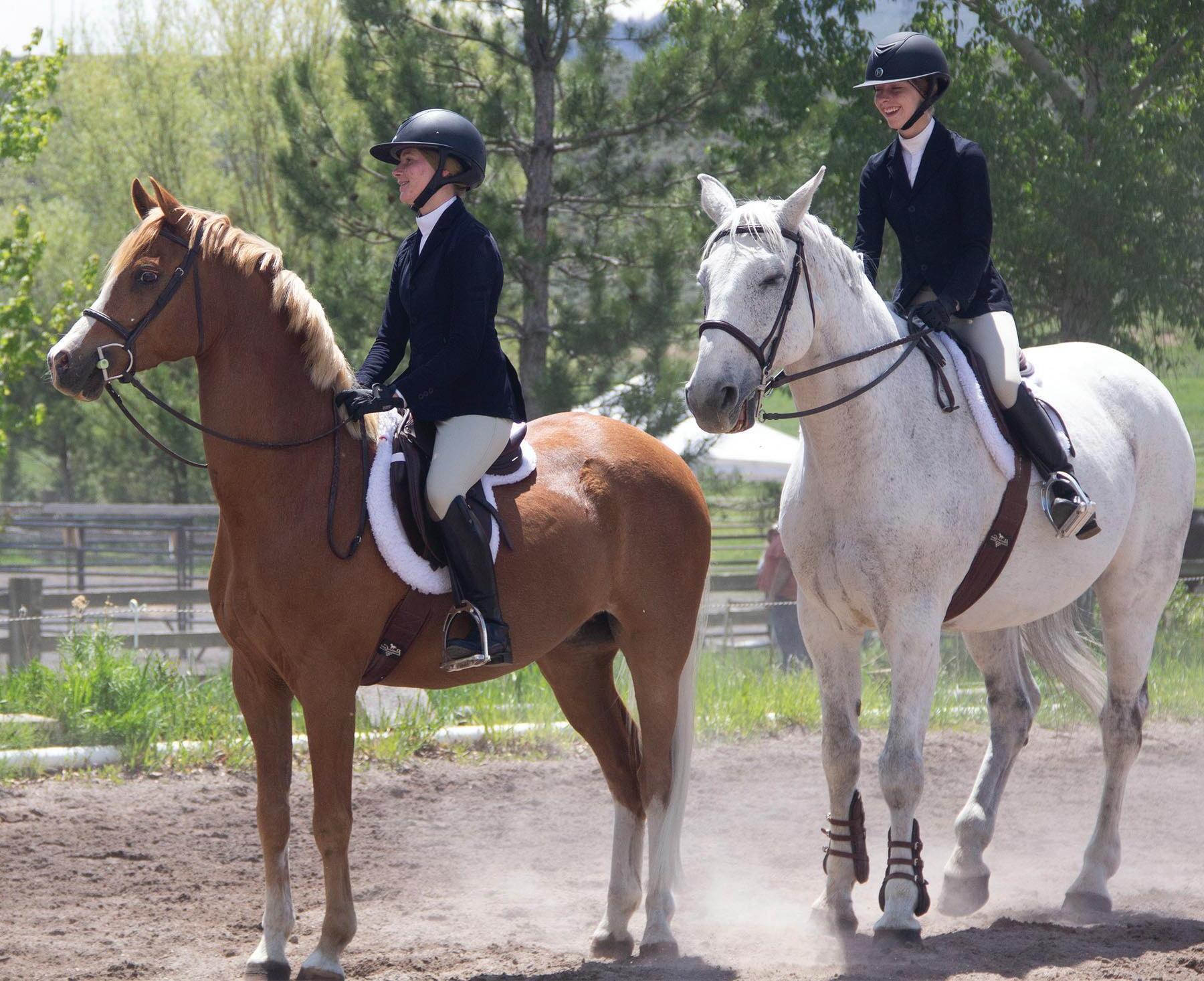

The newly released children’s book Breathe, Bison written by Nikki Beinstein, illustrated by Elizabeth Argüello, designed by Alyssa Ohnmacht of Light of the Moon, Inc, and published by The Serious Type, is a simple yet classic tale about a young bison named Oniya who has lost its way. Separated from its herd and lush environment, Oniya (which means “to breathe” in Lakota language) takes a solo journey into the harsh wilderness where its sadness eventually transforms into hope and grace.
The book Breathe, Bison and its pending curriculum are intended to support the Oniya Bison Rewilding Project by raising awareness and funds for its development as a healing center through the fiscal sponsorship of The Serious Type, a 501c3 nonprofit whose own mission is to uplift youth in relationship with nature through the power of authentic self-expression. The curriculum will focus on healing through breathwork and meditation; the history of the bison (also known as the American buffalo) in North America, which the Indigenous People call “Great Turtle Island”; sustainability and regeneration of the land through soil restoration; as well as mental health in relation to one’s personal spirituality. Based in Southern Colorado, The Oniya Bison Rewilding Project (also nicknamed “Oniya”) is the inspiration behind Breathe, Bison and the manifestation of Tara Sheahan’s steadfast commitment to heal Grandmother

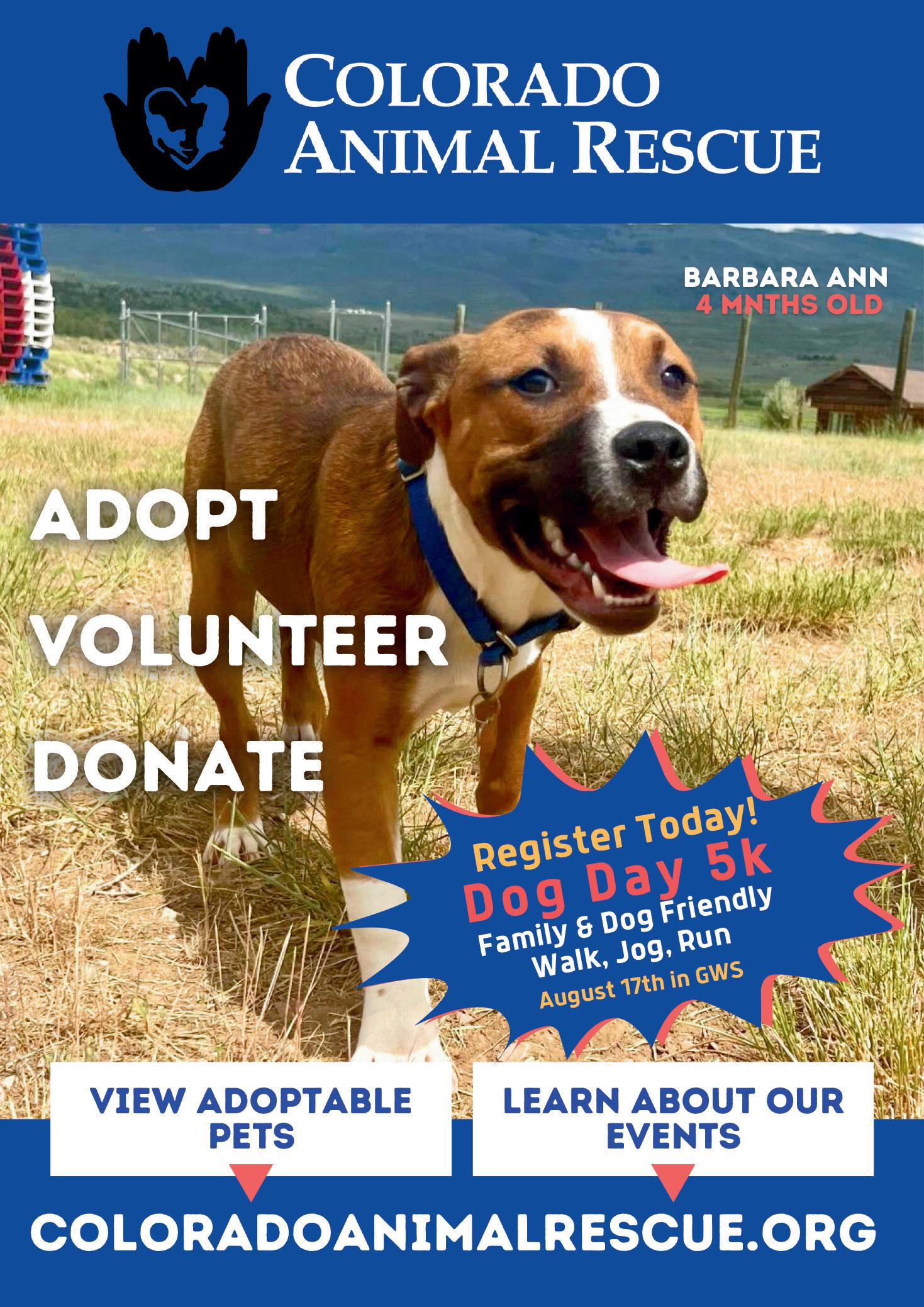
Earth in her lifetime through a massive ecosystem restoration. Other creative projects and partners who are collaborating to bring Oniya to life include the film “Rewild Our Soul,” a work-in-progress directed by cinematographer Anders Carlson; Oriana Moebius, Founder of 13 Moons Holistic Healing Ranch; Claire De L’Arbre, media expert / owner of Top Branch Business Design; and Staci Maione, founder of both Agape Rescues Children (to stop child trafficking) and Ameliorate Your Life (to better health, purpose and a sense of belonging).
It is through this intention that Nikki and Elizabeth met at 13 Moons Ranch in Carbondale, Colorado in September 2022 where they dreamed of creating a book together. “Just like the bison, our herd is growing stronger and more powerful each day! Join us!” Nikki says. “And the most efficient way to take that first step is by purchasing your own copy of Breathe, Bison.”
Breathe, Bison is currently for sale at the Redstone General Store, the Marble Hub and coming to other local locations soon. You can also find Breathe, Bison on theserioustype.org website.






